Does your child struggle with sensitivity to sensory information, such as touch, balance, or hearing?
You’re not alone.
Many autistic children face hypersensitivity challenges that can disrupt their daily lives.
The good news?
Occupational therapy provides a structured approach to help reduce sensory hypersensitivity and improve your child’s ability to process and respond to stimuli.
From calming sensory overload to enhancing motor skills, these therapies can pave the way for a more confident and independent life for your child.
Let’s explore how occupational therapy can make a difference for your child.
How do occupational therapists help?
Occupational therapy (OT) helps autistic children overcome sensory, motor, and cognitive challenges to lead meaningful lives. Here’s how OT can help:
1. Comprehensive Assessment
Occupational therapists conduct comprehensive assessments to understand the specific needs, challenges, and strengths of special children.
2. Individualized Treatment Plans
Based on the assessment, therapists develop personalized plans tailored to address the child’s unique requirements, considering sensory, motor, and cognitive aspects.
3. Sensory Integration Therapy
Occupational therapists often use sensory integration techniques to help children process and respond to sensory information more effectively, improving their overall sensory experiences.
4. Fine and Gross Motor Skills Development
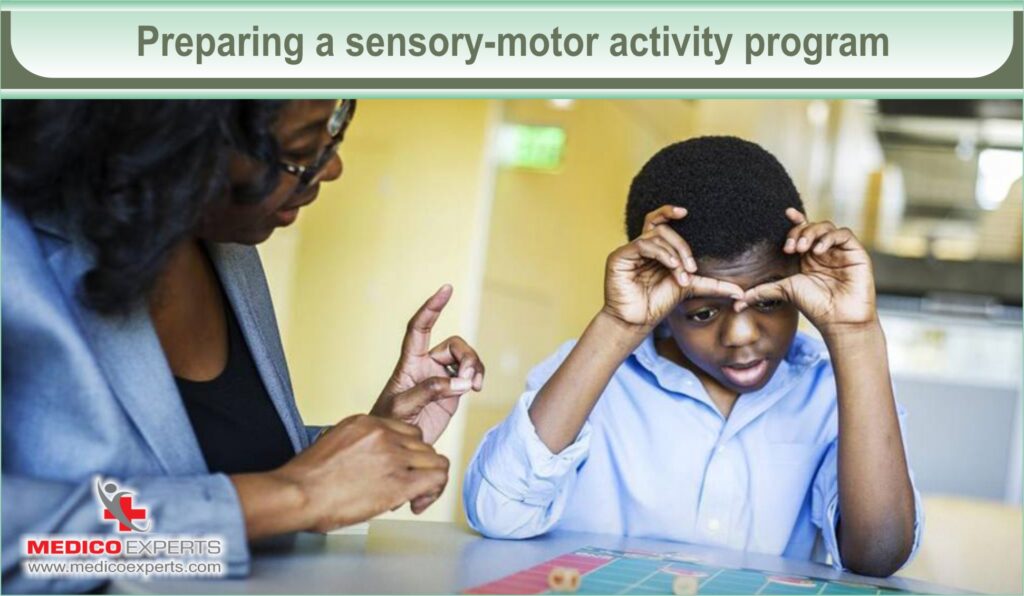
Therapists work on enhancing fine motor skills (like handwriting) and gross motor skills (such as coordination and balance) through various exercises and activities.
5. Daily Living Skills Training
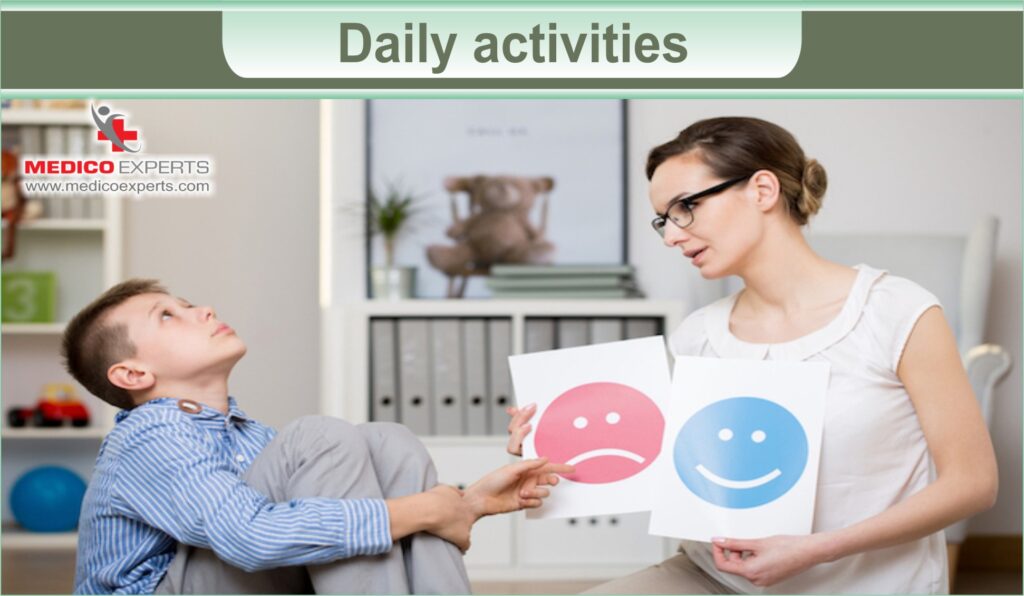
Special children may receive training in activities of daily living (ADLs), such as dressing, grooming, and feeding, to promote independence.
6. Assistive Technology
Occupational therapists may recommend and teach the use of assistive devices and technologies that can aid children in overcoming specific challenges.
7. Behavioral Strategies
Therapists collaborate with parents and educators to develop and implement behavioral strategies that support positive behavior and social interaction.
8. Environmental Modifications
Occupational therapists may suggest changes to the child’s environment to create a more supportive and accessible space, accommodating their unique needs.
9. Collaboration with Parents and Caregivers
Regular communication and collaboration with parents and caregivers are crucial to ensuring consistent support for the child’s development.
10. School Inclusion Support
Occupational therapists may work with schools to provide support and accommodations, fostering a more inclusive learning environment for special children.
11. Emotional and Social Development
Therapists address emotional and social challenges, helping children develop coping mechanisms and social skills essential for their overall well-being.
12. Transition Planning
For older special children, occupational therapists may assist in transition planning, preparing them for the transition from school to adulthood, including vocational training and independent living skills.
13. Productivity related activities
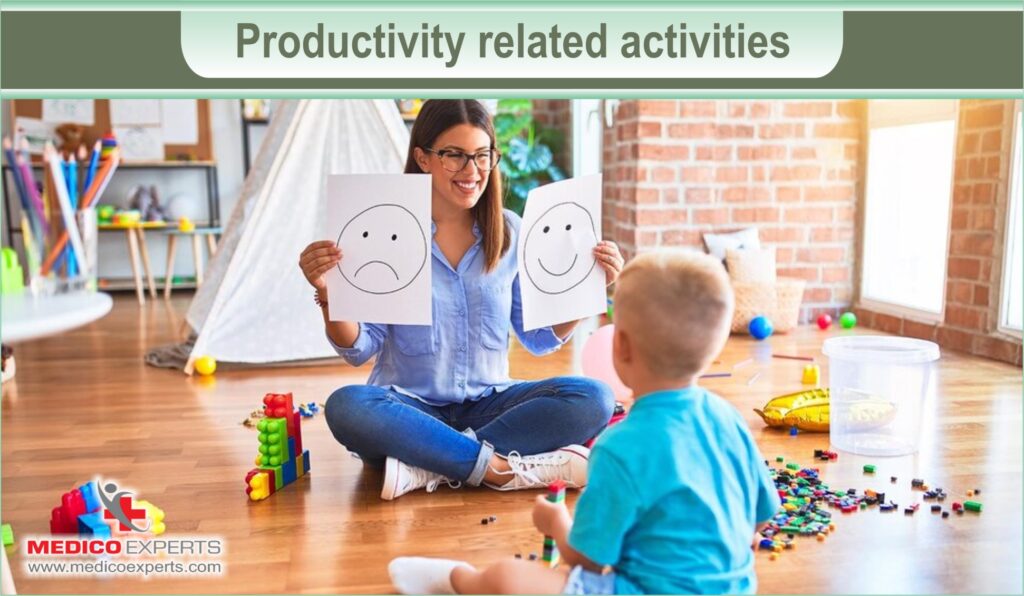
Occupational therapists must make autistic children alert, make them participate in various activities, improve their organizational skills, and last but not least help autistic children to read and write sentences.
14. Leisurely activities
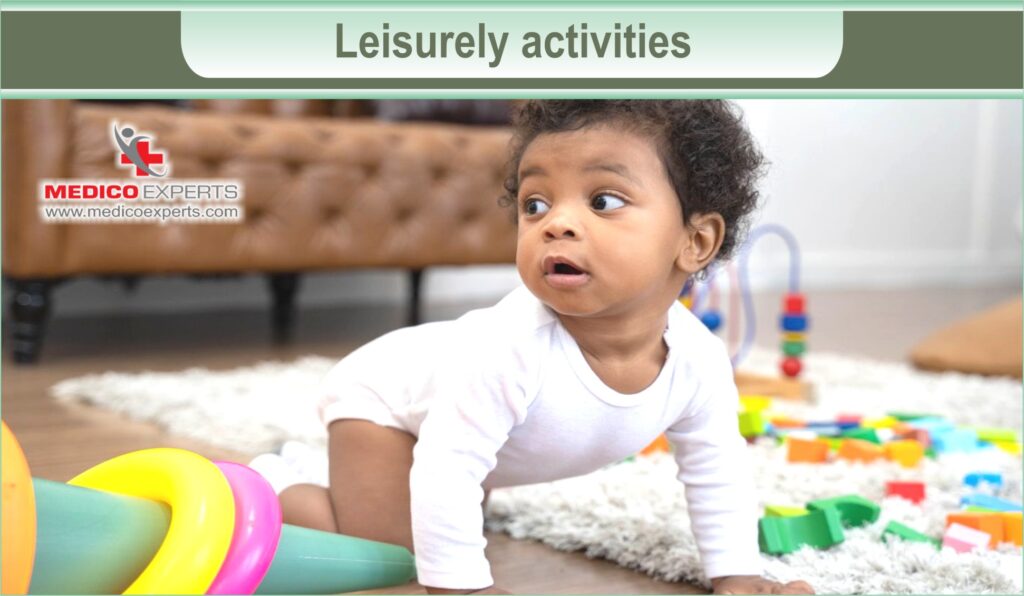
An occupational therapist will help autistic children to take part in leisurely activities like playing, socializing, taking part in events, and improving their motor skills.
It has to be remembered that every autistic child is different and should be differently trained to meet their sensory needs.
15. Preparing the daily action plan or the sensory diet activities
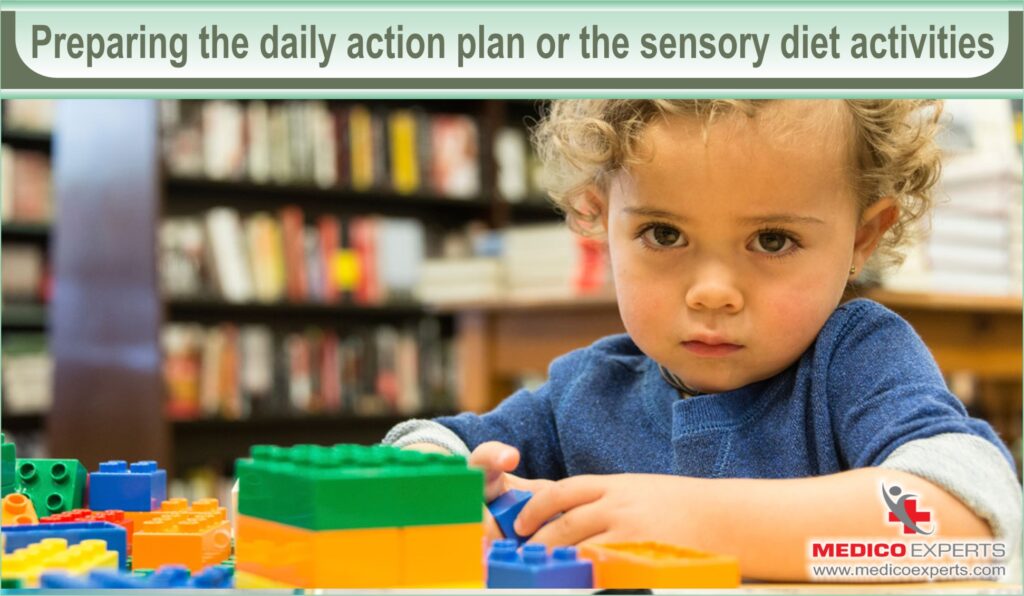
Creating a daily schedule or organizing sensory diet activities is a significant responsibility for occupational therapists. Their primary task involves developing a daily plan for autistic children, facilitating focus and attention throughout the day.
When the child’s excitement levels are excessively high, activities such as taking a walk or engaging in leisurely pursuits are recommended to promote relaxation. Conversely, if the excitement levels are too low, activities like singing, dancing, and visiting the gym can be beneficial for stimulation.
Different Exercises to Regulate Stimuli in Autistic Children
Occupational therapy employs targeted exercises to address sensory sensitivities.
1. Stimulus related to position and movement (Proprioceptive inputs)
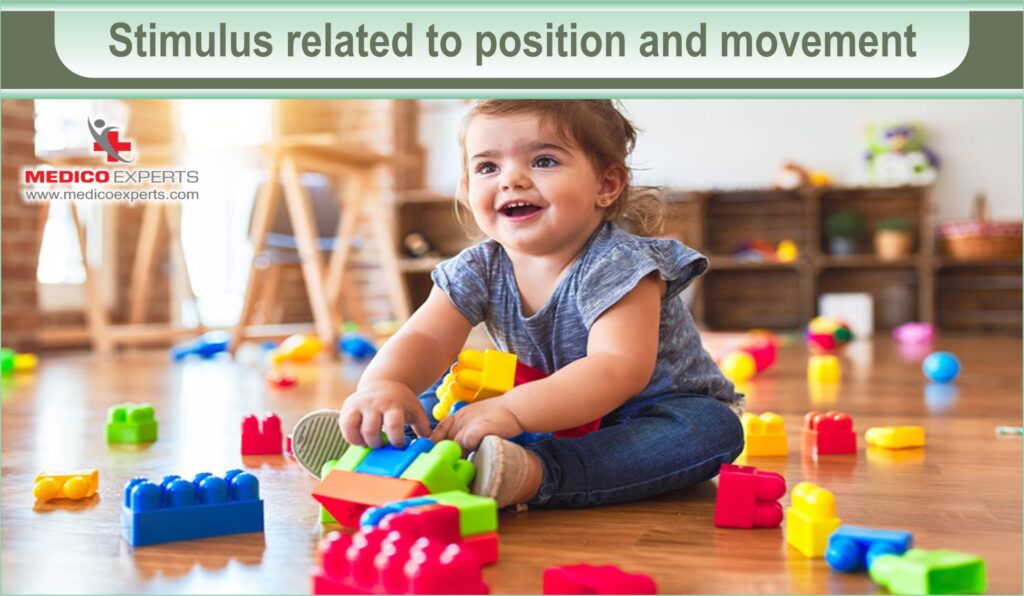
Proprioceptive inputs refer to information our body gets about its position and movements. For autistic children, this can affect how they move, making them seek or avoid certain sensations, like intentionally falling, pushing others, or preferring snug clothing.
These are some of the activities that can help immensely.
- crawling,
- climbing
- pressure on knees and shoulders
- giving a heavy backpack while sitting
- providing them with weight jackets
2. Stimulus related to the movement of the head (Vestibular Inputs)
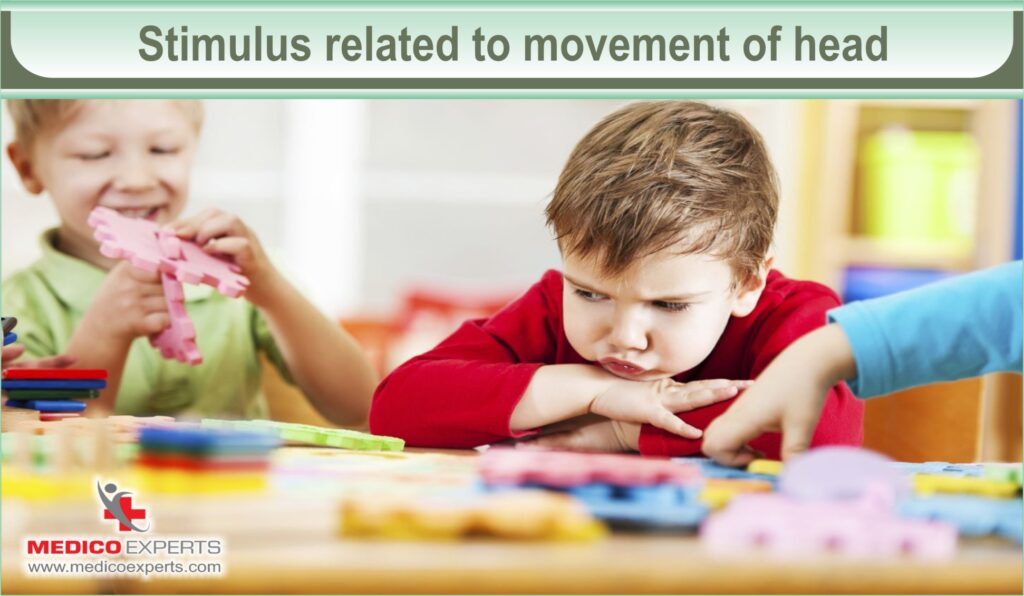
Vestibular inputs refer to the sensations related to the movement of the head and body in space. In the context of autistic children, these inputs can influence their comfort with activities involving head movement, such as swinging or spinning. Some may seek or avoid these sensations based on their individual sensory preferences and sensitivities.
Kids who are extra sensitive to movement might not like activities that involve spinning or swinging.
Exercises for them are
- linear swinging
- jumping on the trampoline.
3. Stimulus related to sense of touch (Tactile Inputs)
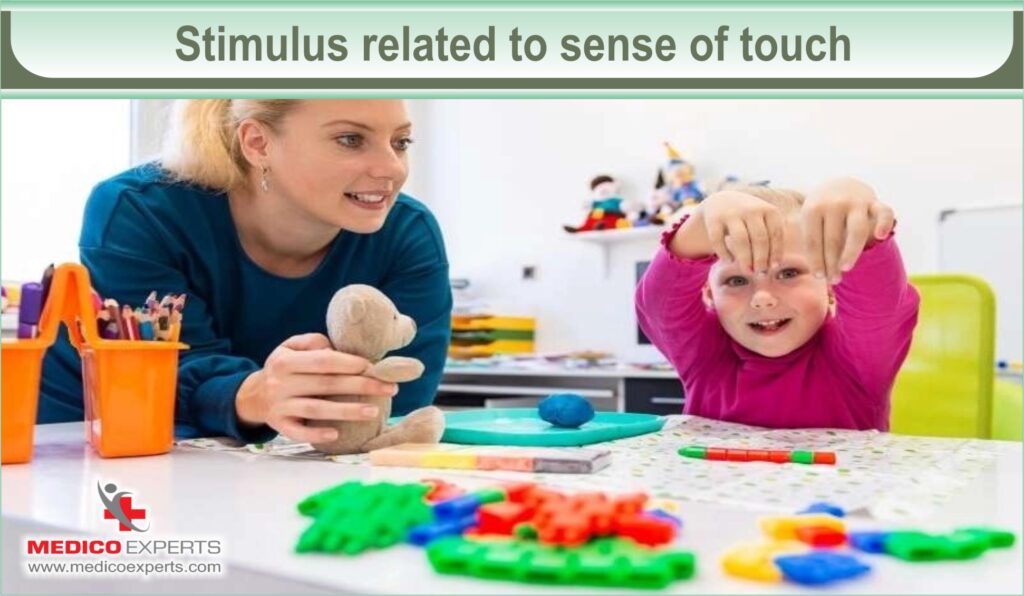
Tactile inputs involve information received through the sense of touch. In the context of sensory processing, this refers to how individuals, including autistic children, perceive and respond to sensations like textures, pressure, and temperature. Some may be hypersensitive, finding certain touches uncomfortable, while others may seek more tactile input for comfort or stimulation.
The exercise for them is to make them aware of different kinds of textures like rough, smooth, soft, grainy, and wet.
4. Stimulus related to sense of vision (Visual Perceptual Inputs)
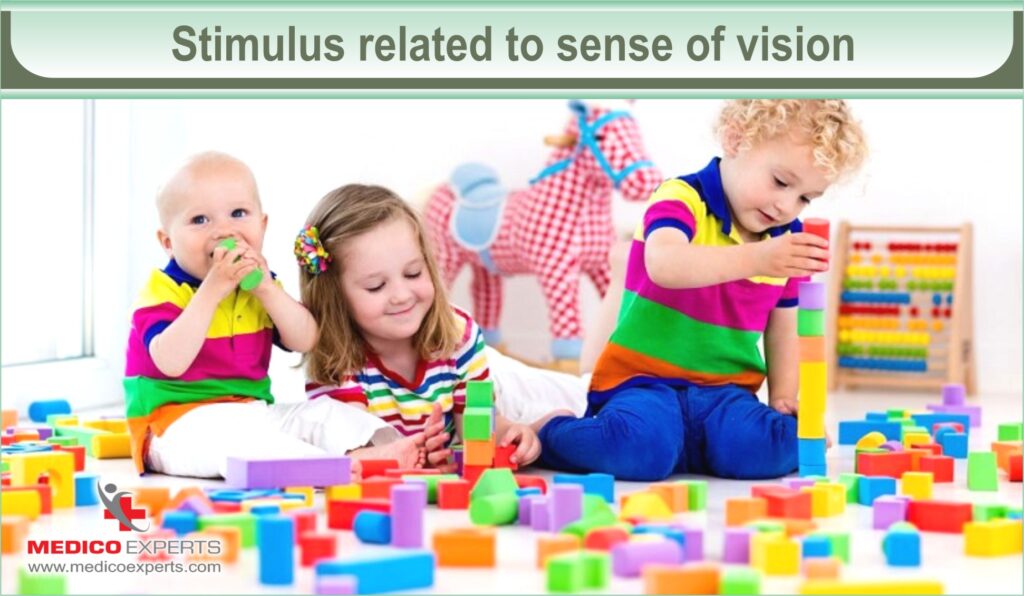
Visual perceptual inputs, related to the sense of vision, involve how individuals interpret and make sense of visual information. For autistic children, this can affect how they process and respond to visual stimuli, influencing their perception of colors, patterns, and spatial relationships. Sensitivities or preferences in visual perception may vary among autistic individuals, impacting their daily experiences and activities.
Children with visual input difficulties have problems searching for things.
Therefore, the best exercise for them is
- word search exercise
- finding the missing half of a picture
Why Choose Occupational Therapy?
Occupational therapy doesn’t just help autistic children with sensory processing. It builds a foundation for lifelong growth, teaching children essential life skills, improving motor abilities, and fostering emotional and social development.
Key Benefits:
- Reduces sensory overload.
- Enhances focus and attention.
- Builds confidence and independence.
- Prepares children for school and social settings.
Conclusion
Occupational therapy offers a transformative path for managing hypersensitivity in autistic children. While it requires time and patience, the results can be life-changing.
For faster and complementary results, stem cell therapy is an innovative solution that regenerates neuronal cells to alleviate autism symptoms.
At MedicoExperts, we specialize in stem cell therapy and have served patients across 17 countries. Trust us to guide your child toward a brighter and more fulfilling future.
Contact us today for personalized solutions for your child.
Looking for personalized therapy plans?
FAQ :
Q1. What is an example of an occupational therapy activity for autism?
A: Examples include helping children perform daily tasks like brushing their teeth, dressing, and eating independently.
Q2. How does occupational therapy benefit children with autism?
A: Occupational therapy helps reduce sensory sensitivities, improve motor skills, and teach life skills, enabling children to achieve greater independence.
Q3. What are sensory diet activities?
A: Sensory diet activities are tailored tasks designed to regulate a child’s sensory input, such as jumping on a trampoline to increase focus or taking a walk to calm down.
Q4. How long does it take to see results from occupational therapy?
A: Results vary based on the child’s unique needs, but noticeable improvements in focus, motor skills, and sensory regulation often occur within a few months.
Q5. Can occupational therapy be combined with other treatments?
A: Yes, combining occupational therapy with other treatments, such as stem cell therapy, can enhance outcomes and speed up recovery.
Content is Medically Reviewed By MedicoExperts Editorial & Clinically Review Board
References
- https://pmc.ncbi.nlm.nih.gov/articles/PMC10453765/
- https://www.physio-pedia.com/Sensory_Integration_Therapy_in_Paediatric_Rehabilitation
- https://www.physio-pedia.com/Coordination_Exercises
- https://www.ncbi.nlm.nih.gov/books/NBK310951/
- https://online.regiscollege.edu/blog/behavior-intervention-definition-strategies/
Medical Disclaimer: This content is for informational purposes only and does not substitute professional medical advice. Always consult a licensed healthcare provider for diagnosis and treatment.



